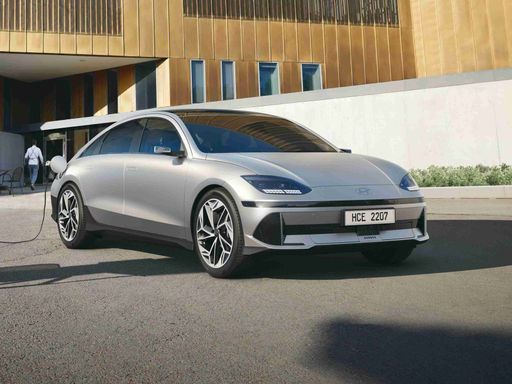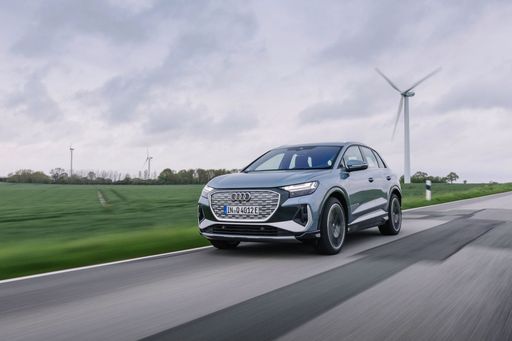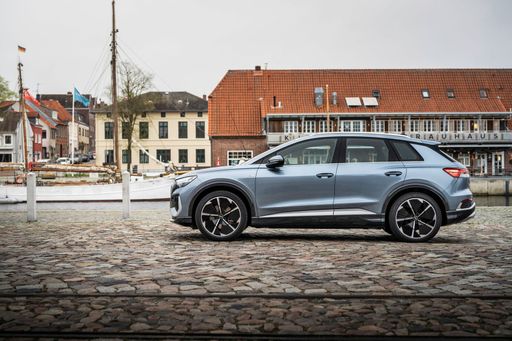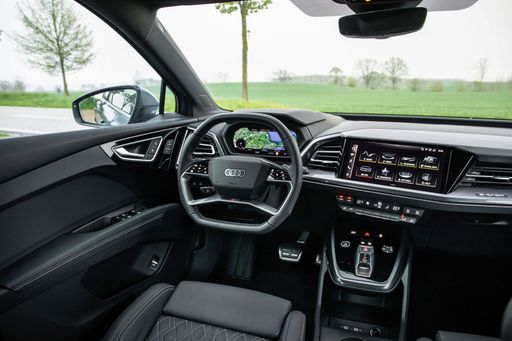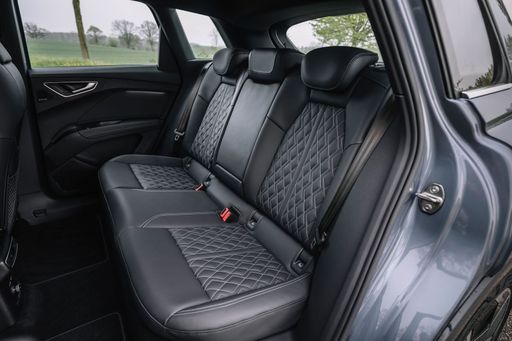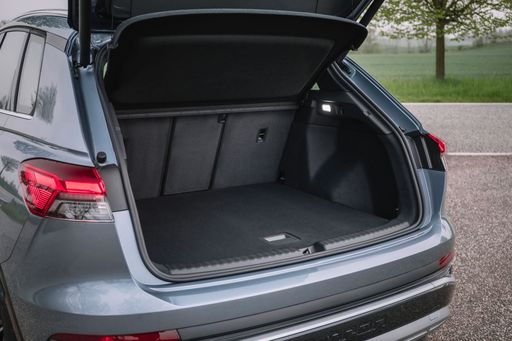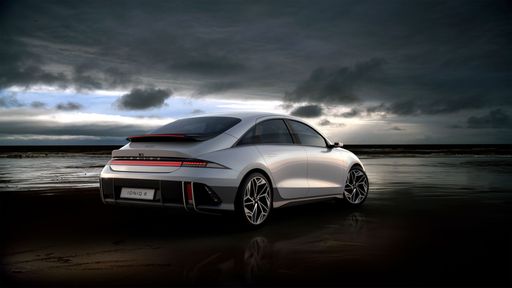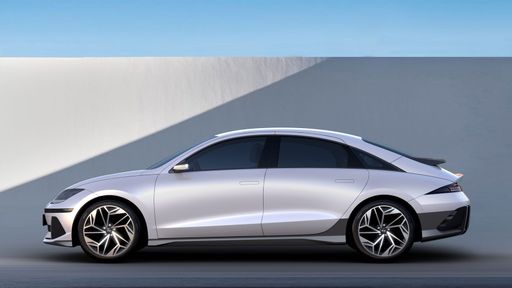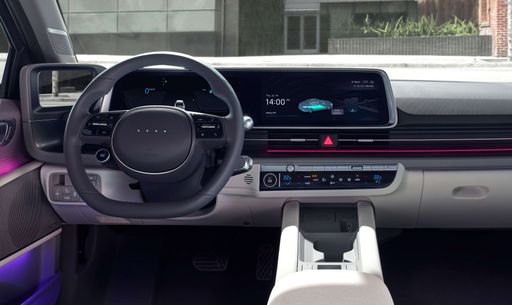Audi Q4 e-tron vs. Hyundai IONIQ 6: A Comprehensive Comparison
In the rapidly evolving world of electric vehicles, the competition continues to intensify as more manufacturers enter the market with compelling models. Two standout contenders are the Audi Q4 e-tron, an SUV that boasts premium quality and performance, and the Hyundai IONIQ 6, a sleek hatchback with innovative features and impressive efficiency. In this comparison, we will delve into the technical aspects and innovations of both models to help you make an informed choice.

